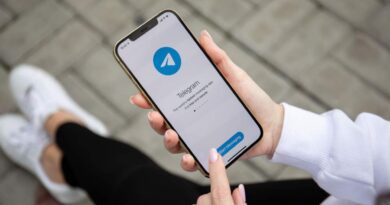The tech industry’s accessibility report card for 2021
Despite all the progress we have seen in Tech, the industry as a whole has always neglected people with disabilities. There have been some improvements, including video call applications such as FaceTime, Zoom, Microsoft Teams, Google Hangouts, and more add a better support for signs language interpreters and closed subtitling. And this year, Instagram and Tiktok have finally added stickers that also allow automated subtitle of speech in videos. But large organizations have continued to make decisions that exclude people with disabilities. The organizer of E3 2021, for example, failed his deaf and hearing viewers during his live show.
There are too many individual transgressions and improvements to detail exhaustively here. Because of their pure size, the largest tech companies produce the greatest influence on what the rest of the industry does. By holding them responsible, we have a better chance of seeing a generalized change in the way Tech thinks of inclusive design. Here’s how Apple, Google, Microsoft, Amazon, Meta (formerly Facebook) and more to improve the accessibility of their products and services in 2021.
Apple has laway in inclusive design for years and, in 2021, the company has continued to launch new features that facilitate its products for people with disabilities to use. In addition to updating its screen reader, Siverover, to allow better image descriptions for visually impaired, Apple has also launched several new products. In May, he deployed a service called sign, which allowed clients to engage in sign language interpreters when communicating with customer service representatives (via their browsers at least). The functionality is available in the United States, the United Kingdom and France and supports American, British or French languages in their respective countries.
Apple also introduced a watch assist for the watch this year, allowing a contactless interaction with its laptop. The idea is that users can flush their fists or pinch their fingers together to browse the SmartWatch. In practice, assisting contact took a certain learning, and it still can not be feasible for those who do not have the dexterity or force to tighten their fist to trigger the “double cut” action. But it’s a start and another that few other smartwatches offers.
For those with a very limited range of motion, this year also saw the launch of the first eye-controlled iPad medically certified by Tobii Dynavox. Called the TD driver, this is a case for the iPads as important as the PRO 12.9 inch model and comes with the powerful Tobii Eye Tracking Sensor, large speakers, extra batteries and wheelchair holder . With iPados 15, this will allow those who have cerebral paralysis, for example, to interact not only with the tablet, but also to communicate with others more easily. A window on the other side of the case can display words to show what the user says.




